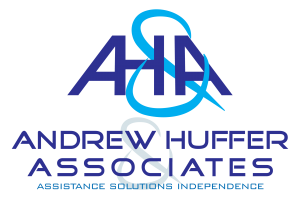Using a sound team debrief model will continually build the capabilities of your staff
Tapping into a group reflection or team debrief model is a smart way to help your team learn from their experiences and build their confidence through active learning.
A simple and powerful model was developed by Canadian facilitator, Dorothy Strachan. She developed a simple questioning process that really gets people focused on what they’ve experienced, what it means and what needs to happen next.
The model has three core steps:
- WHAT – What are the facts, data and observations?
- SO WHAT – So what does it mean? So what are the implications?
- NOW WHAT – Now what do we need to change from here on?
What?
‘What’ questions are objective, observational-style questions. They can be used to:
- Raise awareness;
- Ask people what they think about something;
- Start a discussion.
Ease into your debrief by beginning with the facts. Ask ‘what’ type questions to start with. This will get people talking. The discussion will then move onto the next step – interpreting what happened.
Some examples of ‘what’ type questions may include:
- What grabbed your attention from this discussion?
- What were the challenging aspects?
- What topics or issues would you like clarified?
So what?
‘So what’ questions are designed to further help participants relate the discussion back to their own work environments.
‘So what’ questions:
- Allow participants to reflect on the topic;
- Remind people to think about what they’ve done previously;
- Bring in working knowledge of the issue.
At this point it is important to ask questions that help the group find its own answers. This can be a good place in which to address issues such as trust, communication, leadership and co-operation. These ‘so what’ type questions may ask
- So what key points can we pull out of this?
- How will this new system assist you in your role?
- How much support will you need in the changeover period?
- How confident are you in using the new system now?
Now what?
The final step is moving participants on to consider ‘now what’. It’s focusing on application. An example of a question to ask is “What have we learned in this activity that we can apply in our teams?”
‘Now what’ questions:
- Lead to personal and organisational change;
- Build ownership;
- Encourage implementation.
Try to use questions that help your participants see the big picture. Examples include:
- “How can we improve our co-operation based on what we have learned from this activity”
- “What goals can we now set to improve your overall performance?”
- “What possibilities do you see that weren’t obvious before?”
- “What are the existing berries that might get in the way of achieving your goal?
- “Who does accountability rest with for the implementation of this plan?
Need a hand with your team development or debriefs? Get in touch and book a call.


Reader Interactions